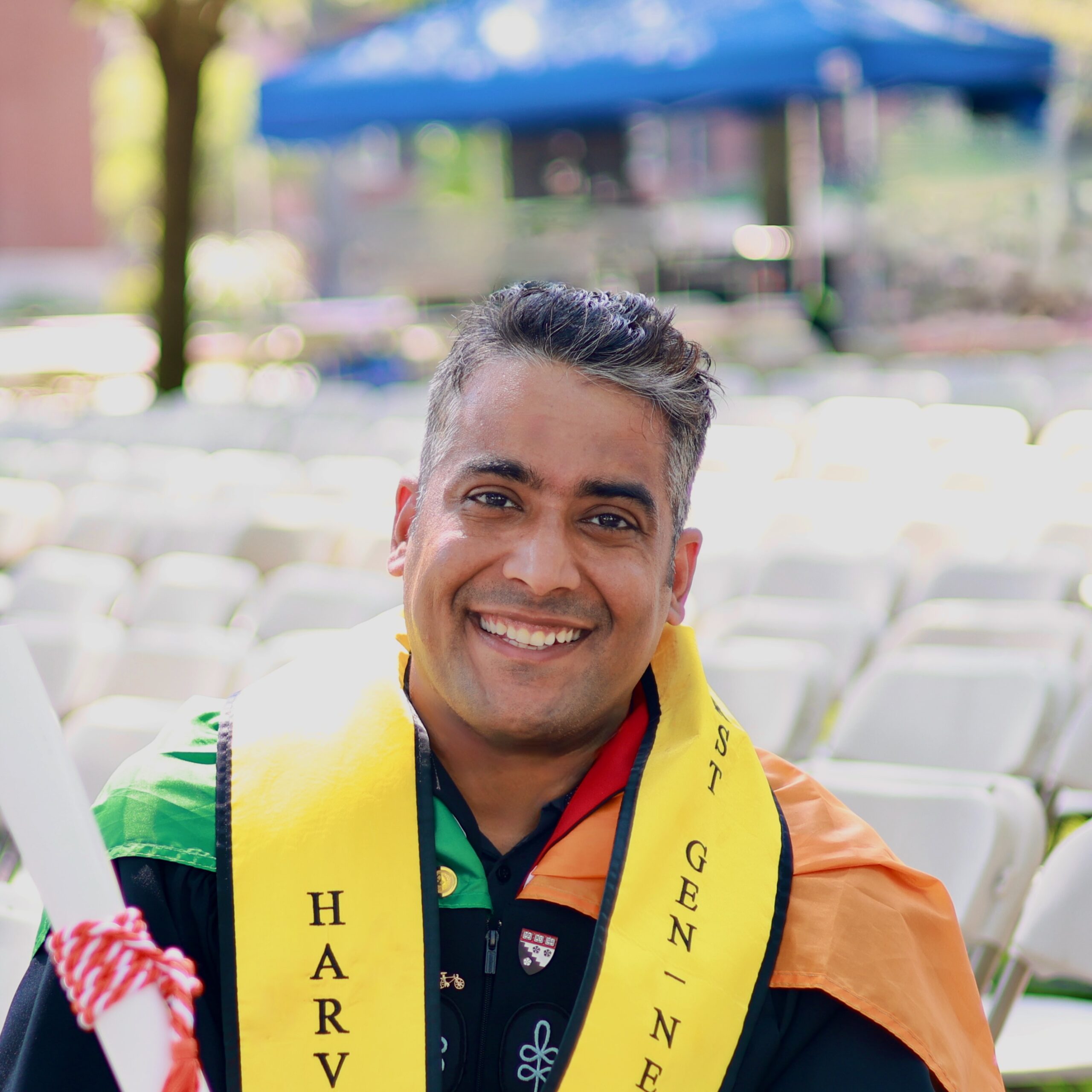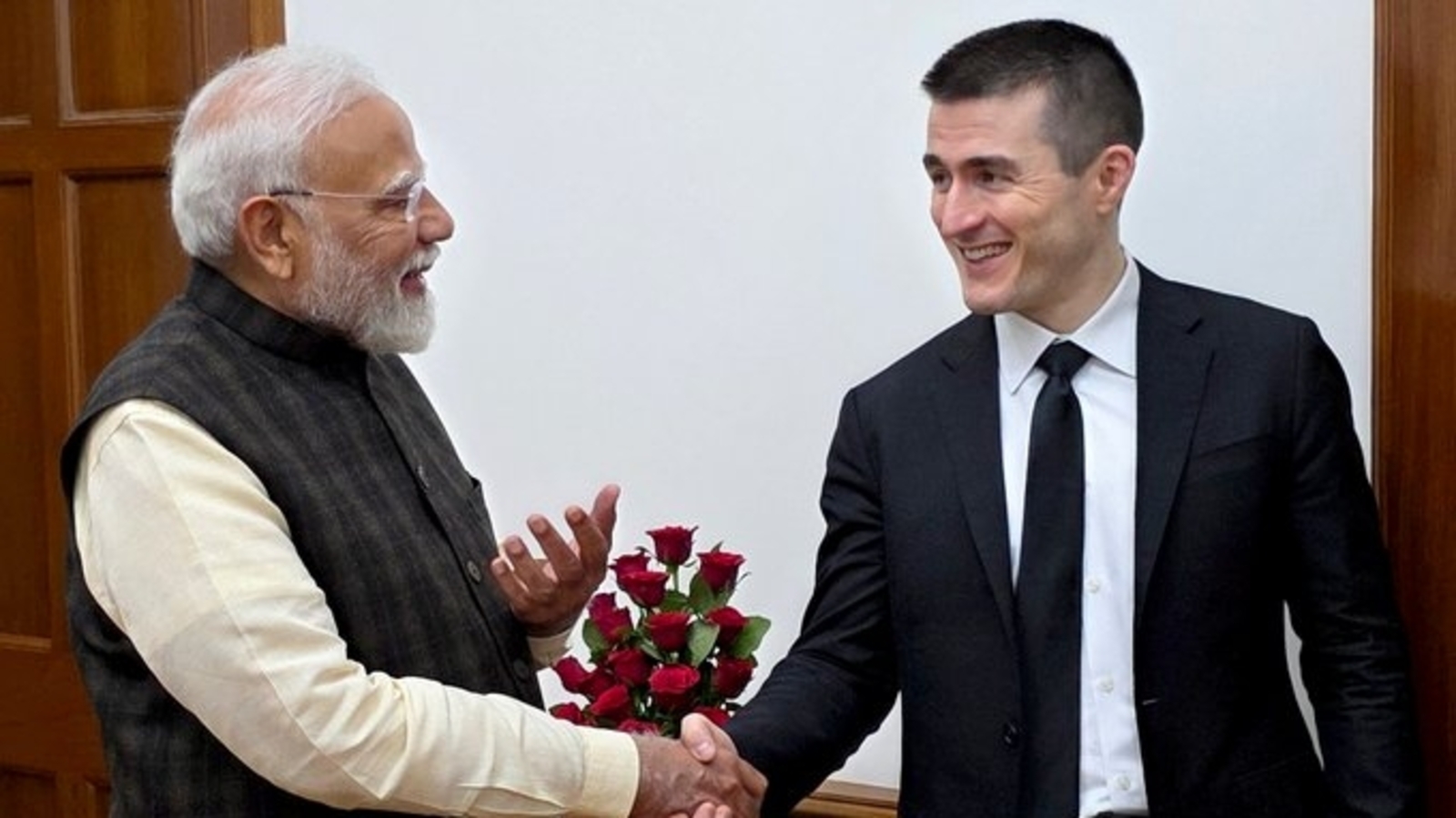Reflecting upon the conversation between Lex Fridman and Prime Minister Narendra Modi
It was April 13, 2023, when I met Lex Fridman for the first time. He came to MIT Media Lab for the Imagination in Action conference to conduct a live fireside chat with Stephen Wolfram, founder of the famous Wolfram Alpha. I was lucky to get the nearest seat to Lex.
For those unfamiliar, Lex Fridman is one of the most influential podcasters today, known for his deep, long-format interviews with pioneers in Artificial Intelligence (AI), science, and technology. His guests include Elon Musk, Sam Altman, Mark Zuckerberg, and world-renowned physicists and entrepreneurs—people shaping the future. His curiosity isn’t just about AI, engineering, and individuals who drive immense transformation.
ChatGPT was merely months old, but in that room, the message was clear: generative AI is here to stay, and may become the biggest transformational aspect of this century. After the chat, he sat next to me as Sam Altman took the stage (virtually) when I jokingly asked him – Would you interview World Leaders of this decade anytime soon? Maybe Joe Biden?
He responded by asking me which country I came from. And after a short pause, in a gleeful way, he said maybe I’ll interview Narendra Modi someday.
Almost 2 years later, I saw Lex’s post that he is soon interviewing Prime Minister Narendra Modi. In a follow-up interaction, he mentioned his plan to fast before the interview to put him into the right mindset and emotion. His reason to interview PM Modi was simple. Unlike his usual guests, PM Modi isn’t a scientist or a tech entrepreneur, but he leads a country with this century’s largest STEM and possibly AI talent.
Lex has always been fascinated by visionaries who reshape industries and disrupt stagnation. In that sense, PM Modi was an ideal guest. After decades of incremental growth and economic stagnation, India is not just progressing—it is leapfrogging into the future. This is a story worthy of a deep, thought-provoking conversation.
India’s transformation has been driven by technology, entrepreneurship, and systemic reform, examples of which are now being replicated across the world:
- UPI & DPI (Digital Public Infrastructure): India’s Unified Payments Interface (UPI) is revolutionizing digital transactions globally, with countries like the UAE, France, Singapore, and Sri Lanka integrating it into their banking systems.
- COWIN & COVID Vaccine Deployment: The COWIN platform—developed for India’s COVID-19 vaccination program—was adopted by 50+ countries for their immunization drives, showcasing India’s ability to deploy scalable, open-source health solutions.
- Global Innovation Index (GII): India has leapfrogged from 81st place in 2015 to 40th in 2023, outpacing many developed economies.
- Atal Tinkering Labs & Global Expansion: India’s grassroots innovation model is scaling internationally, with WIPO supporting the expansion of Atal Tinkering Labs in six countries, ensuring that India’s model of maker education and hands-on learning benefits students worldwide.
Lately, I have been focusing on documenting the Tinkering and Innovation Movement in India. My quest brought me to the concept of “Leapfrogging”, Schumpeter’s theory of Creative Destruction, and how Investment, Infusion, and Innovation together play a role critical for any developing country to surpass the middle-income trap.
PM Modi’s dialogue underscored India’s diplomatic philosophy, which is deeply anchored in peace and strategic engagement principles. He reminded the world that India—home to Mahatma Gandhi and Gautama Buddha—has always championed peaceful coexistence. However, he and Dr. S Jaishankar also clarified that India does not operate as a passive observer.
India’s foreign policy doctrine has seen transformational shifts. Today, India does not look down upon or up to any nation, and it keeps relationships cordial while keeping India’s priorities first. In today’s multipolar world, emerging economies strive to redefine their standing. PM Modi’s assertion of India as a global mediator, particularly in Russia-Ukraine peace negotiations, signals a pragmatic and independent approach to diplomacy.
India has become a representative of the developing nations in the G20 group, standing firm in sovereignty while leveraging cultural, technological, and economic strengths for meaningful global influence.
Low and Middle-Income Countries (LMICs) need innovation infusion from countries closer to their socioeconomic status than technology adoption from countries far more developed than theirs. India’s economic rise provides a playbook for emerging nations in Africa, Latin America, and Southeast Asia.
India has effectively balanced economic growth with democratic resilience, which makes it a natural leader for developing economies. India’s emphasis on self-reliance and indigenous innovation, through initiatives like Make in India, Digital India, and Startup India, offers an adaptable framework for nations seeking sustainable development without overdependence on foreign entities. India’s deepening technological and educational partnerships with Africa and Latin America seem to be one of the key priorities at this time.
One of the most striking aspects of the conversation was the underlying theme of India’s technological and engineering advancements. PM Modi highlighted India’s rapid strides in AI, quantum computing, and engineering, positioning the country as a key player in the Fourth Industrial Revolution. In 2018, NITI Aayog created its National Strategy for Artificial Intelligence, making India one of the early countries with a federal AI strategy. The creation of the Atal Innovation Mission (AIM) and its positioning as the apex Innovation office of the nation accelerated India’s Global Innovation Index (GII) from 81st in 2015 to an impressive rise to 40th in 2023. In March 2024, the Union Cabinet approved the India AI Mission, allocating ₹10,300 crore (approximately $1.25 billion) over five years to enhance AI infrastructure and research. The recent federal Union Budget for 2025-26 introduces new investments, infusions, and innovation mechanisms with AI centers of excellence, indigenous AI models, and AI in education.
However, there is still much work to be done on the ground. India has a large demographic dividend that is interested in entrepreneurship. A significant highlight of the conversation was India’s unparalleled rise as a startup powerhouse. PM Modi noted that India is home to over 100 unicorns, making it one of the fastest-growing startup ecosystems in the world. This success is not accidental but a result of targeted policies that foster the spirit of innovation and entrepreneurship in youth. India has created institutions without bureaucratic hurdles and red tape in Mission mode. AIM and IndiaAI Mission have transformed how students and early-stage entrepreneurs approach innovation.
PM Modi further emphasized that leveraging traditional knowledge alongside modern technology aligns with the concept of innovation, where solutions emerge from localized needs rather than top-down technological impositions. This approach is evident in India’s fintech boom, where platforms like UPI have revolutionized digital payments, providing financial access to millions. Countries with similar socio-economic dynamics can adopt these models to boost their startup ecosystems.
While at Harvard, my adviser introduced me to the Brookings Institution’s concept of “leapfrogging”. India’s UPI and DPI properties can help other developing nations bypass traditional technological progressions and directly integrate AI-driven automation, digital financial services, and AI-powered governance solutions. India is at the forefront of this transformation, utilizing AI to leapfrog traditional industrial bottlenecks and establish a global AI hub. However, it is critical that India self-discover its role as it navigates positive relationships with allied countries.
Interestingly, as the conversation neared its end, Lex referenced Siddhartha, the philosophical novel by Hermann Hesse, which explores a journey of self-discovery. From geopolitical leadership to technological breakthroughs, from AI-driven policymaking to grassroots innovation, India is demonstrating a transformative development model that other nations can adapt and implement.
India’s strength lies in its ability to fuse ancient wisdom with modern innovation, ensuring that it not only thrives in the AI era but also helps shape a more inclusive, ethical, and technologically advanced world.
The next frontier is not just about being part of the global conversation—it’s about leading it.
The views and opinions expressed here belong solely to the author and do not reflect the views of BlueKraft Digital Foundation.







